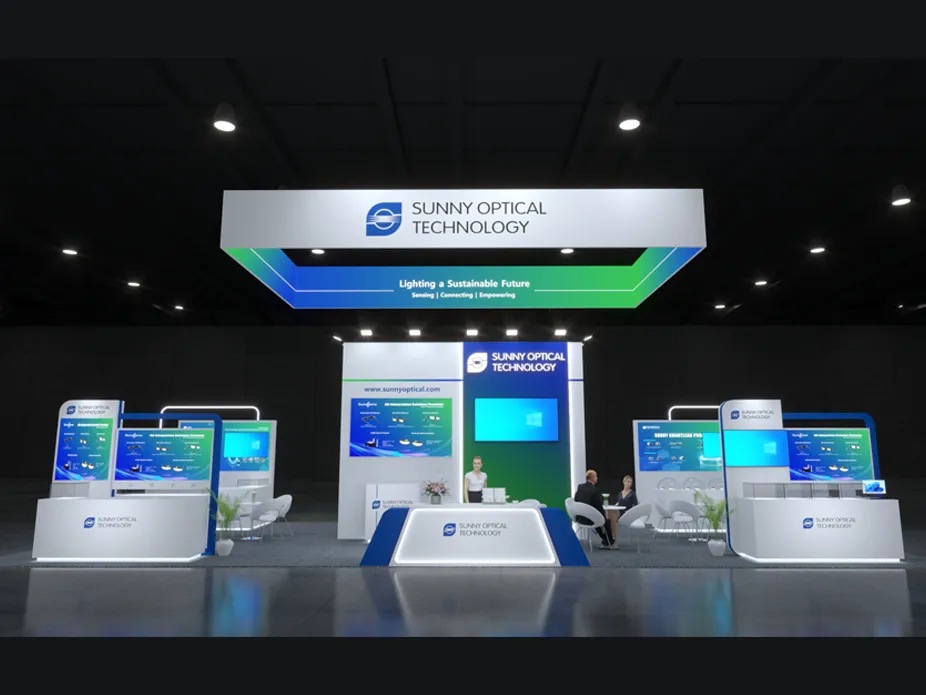Benefiting from the increase in the penetration rate of smart driving and smart cockpits, the number of cameras installed in new cars has continued to grow, and the automotive lens market has ushered in rapid development, which has also attracted a large number of traditional optoelectronics companies to transform and enter.
From the early reversing RVC, driving recorder DVR, to today's mass production applications of ADAS front view, AVM, DMS, CMS, OMS and other functions, in-vehicle images are undergoing functional evolution from human vision to machine vision, and the market for automotive lenses. The competition is quietly escalating, and the threshold is gradually raised.
The automotive lens itself has extremely high industry barriers. From design simulation, production and manufacturing, to trust testing and system assurance, all links are very difficult. Contrary to the fact that radar sensors are almost monopolized by foreign giants, China's automotive lenses are in a leading position in terms of technology and market.
ADAS forward sensing cameras are the same as other forward sensors. It is especially difficult for automotive lens manufacturers to achieve a breakthrough from 0 to 1 mass production. The ADAS forward sensing market is still a virgin territory that most Chinese automotive lens suppliers have not yet reached.
The emerging market segments of DMS and CMS are opening new doors for automotive lenses.
The rapid popularization of automotive intelligence is regarded as the outlet for the explosion of automotive cameras.
At present, there are three main types of automotive lens applications: first, human vision, which provides images for human eyes to view, such as driving recorders, reversing cameras, etc.; the second is machine vision, which provides vision for vehicles Perceptual information, such as ADAS front-view camera and DMS camera; there is another type of camera that takes into account both visions, such as CMS, OMS and other functions.
Contrary to the fact that radar sensors are almost monopolized by foreign giants, Chinese domestic lenses are in a leading position in terms of technology and market share.
The early car lenses were mostly concentrated in the traditional image camera market, such as the reversing camera, surround camera and driving recorder. With the rapid development of automotive intelligent networking, various ADAS functions have been mass-produced, and China's automotive lens market has also will usher in rapid development.
The camera is the most basic sensor for intelligent driving, and the lens is also called the "eye" of intelligent driving, and safety is its basic requirement. From assisted driving to unmanned driving, with the continuous development and expansion of various functions, the number of car cameras will continue to increase in the future.
Data shows that in 2019, the average number of lenses used in new cars sold is 2. It is expected to increase to a 1:4 or 1:5 loading rate by 2035. By then, the global automotive lens market will have a demand for more than 500 million lenses.
It can be observed that a large number of traditional companies have begun to enter the automotive lens market. However, it will not be easy to cross the threshold of the in-vehicle market.
Compared with traditional image cameras such as reversing, the role of perception cameras such as ADAS forward-looking cameras has been upgraded to the level of active safety, which is used to provide safe and reliable visual perception information for the decision-making and execution of automotive intelligent driving systems.
In addition to performance indicators such as vehicle-grade waterproofing, shock resistance, high temperature resistance, etc., how to control the ghost and stray light caused by frontal glare interference such as headlights, how to maintain optical imaging stability under extreme temperatures or short-term rapid temperature changes, and how to achieve The non-sensitive shape of the car lens, the realization of a larger viewing angle with the smallest volume, etc., are all technical problems that need to be overcome.

【Exhibition Invitation】Visit us at CES 2026!
2025-12-10

Sunny Optical Gets Group LiDAR Standard Approved, Using Innovative Optical Solutions to Unlock Key Step in Mass Production
2025-11-25
![[Exhibition Invitation] Sunny Automotive Optech Invites You to the 26th China International Optoelectronic Exposition (CIOE 2025) [Exhibition Invitation] Sunny Automotive Optech Invites You to the 26th China International Optoelectronic Exposition (CIOE 2025)](/uploads/image/20250908/首图7.webp)
[Exhibition Invitation] Sunny Automotive Optech Invites You to the 26th China International Optoelectronic Exposition (CIOE 2025)
2025-09-08

Inquiry
Excellent Customer Service Ability
Key customer manager mechanism
Oversea supporting points
Excellent Process Control Ability
Fully automated production
DMC traceability management
VDA6.3 / IATF16949 verifications
Excellent R&D Ability
Advanced technology new product development cooperation
Cost-effective optical solution proposal based on customer needs
Ecosystem resource integration